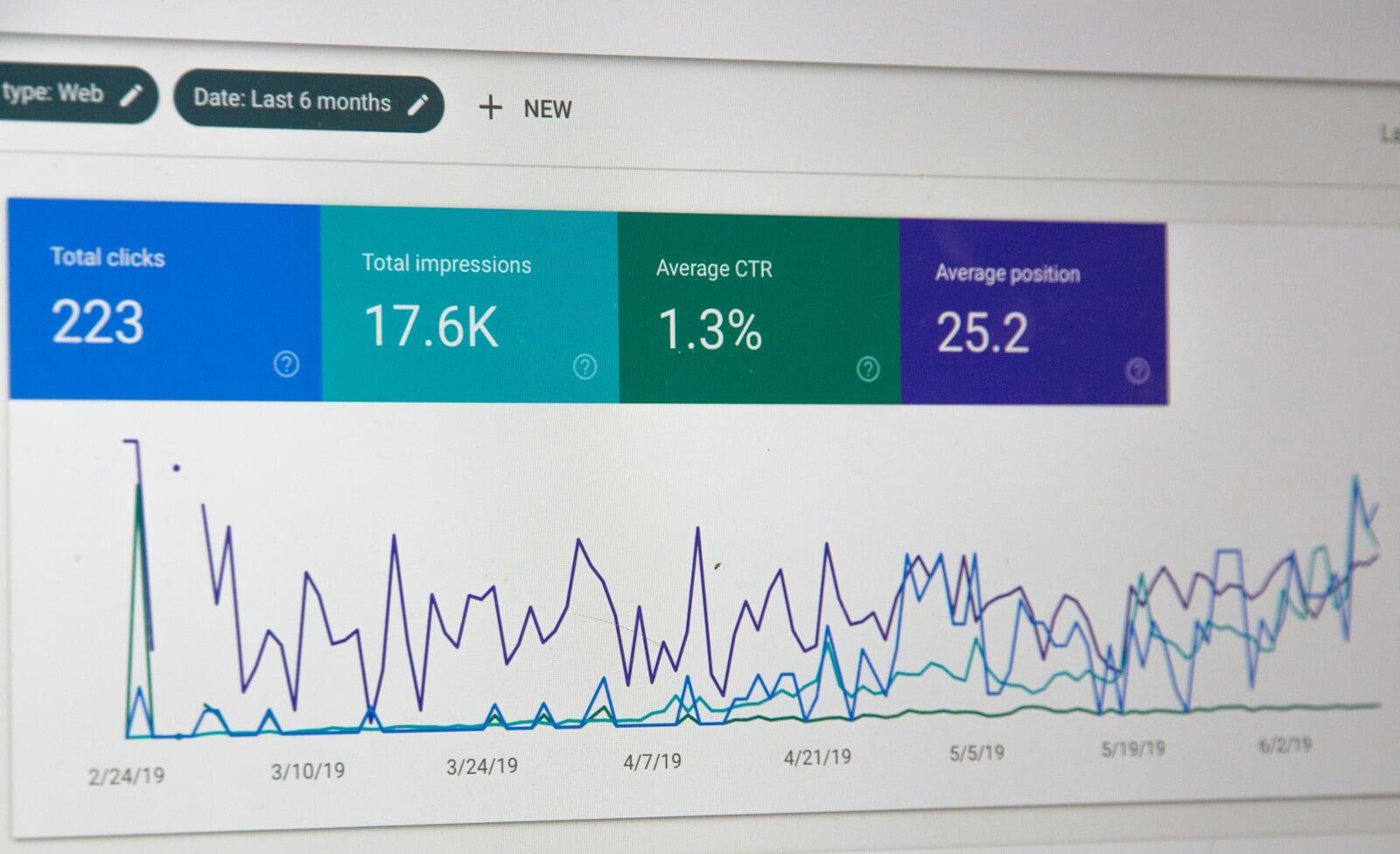Common digital marketing mistakes small businesses make
In today’s digital-first world, a solid online presence is essential for small businesses to thrive. Digital marketing is a powerful tool for connecting with potential customers, driving sales, and building a brand. However, small businesses often fall into common traps that hinder their success. Whether it's a lack of strategy or underestimating the importance of key metrics, these mistakes can cost valuable time and money.
In this article, we’ll explore the 5 most common digital marketing mistakes small businesses make and, more importantly, how to avoid them.
Mistake 1: Not Having a Clear Digital Marketing Strategy
What Happens:
Many small businesses dive into digital marketing without a plan, running random ads, posting inconsistently on social media, or simply copying competitors. This "winging it" approach leads to wasted budgets, poor engagement, and no clear results.
How to Avoid It:
- Take the time to develop a digital marketing strategy that includes:
- Defining your target audience.
- Setting SMART (Specific, Measurable, Achievable, Relevant, Time-bound) goals.
- Choosing the right channels for your audience (e.g., Facebook, Google, Instagram, email).
- Outlining a clear budget and timeline.
- Use tools like HubSpot or a simple marketing calendar to document your plan and stay organized.

Mistake 2: Ignoring SEO
What Happens:
Often, small businesses focus only on social media or paid ads, completely forgetting how vital search engine traffic is. Without SEO, your website struggles to rank on Google, resulting in missed opportunities for organic (and free) traffic.
How to Avoid It:
- Implement basic on-page SEO by:
- Targeting specific keywords relevant to your business.
- Optimizing page titles, meta descriptions, and content.
- Using alt text for images and ensuring your site speeds are fast.
- Consider creating valuable content like blog posts to attract and engage visitors.
- If you’re unsure where to start, invest in professional SEO services to help boost your rankings.

Mistake 3: Bad Audience Targeting
What Happens:
A common mistake is running ads or creating content without a clear understanding of who your audience is. Casting too wide a net (or too narrow a one) can mean missed opportunities or wasted resources on people who aren’t interested in your product or service.
How to Avoid It:
- Define your customer persona:
- Who are they? (e.g., age, gender, location, profession).
- What are their problems, and how does your product solve them?
- What content appeals to them?
- Use the targeting tools available on platforms like Facebook and Google Ads to refine your audience.
- For example: Target ads to specific demographics, locations, or interests to increase relevance.
- Test and refine your campaigns to make sure you’re reaching the right people.

Mistake 4: Overlooking Data and Analytics
What Happens:
Many small businesses launch campaigns but fail to track how well those campaigns are performing. This leads to continued spending on ineffective strategies or missed insights that could improve results.
How to Avoid It:
- Use analytics tools like Google Analytics or the built-in insights features of platforms like Facebook Ads Manager to monitor:
- Website traffic and visitor behavior.
- Ad performance (click-through rates, conversions, cost-per-click).
- Campaign ROI (return on investment).
- Set up key performance indicators (KPIs) to measure success, such as:
- Website bounce rate for SEO.
- Form submissions or purchases for lead generation campaigns.
- Engagement rates for social media content.
- Regularly analyze the data, identify what’s working, and adjust your campaigns accordingly.

Mistake 5: Underestimating the Importance of Mobile Optimization
What Happens:
With over 60% of internet traffic coming from mobile devices, businesses can’t afford to have websites or marketing campaigns that aren’t mobile-friendly. Pages that take too long to load or have a poor user experience can lose potential customers.
How to Avoid It:
- Optimize your website for mobile devices:
- Use responsive web design to ensure it looks good on all screen sizes.
- Test your page load speeds and ensure it’s under 3 seconds.
- Simplify navigation for mobile users, with easy-to-use menus and buttons.
- Make sure ads and emails are mobile-friendly:
- Test ad visuals to ensure they display correctly on mobile.
- Use mobile-responsive email templates to ensure your campaigns look great in any inbox.



